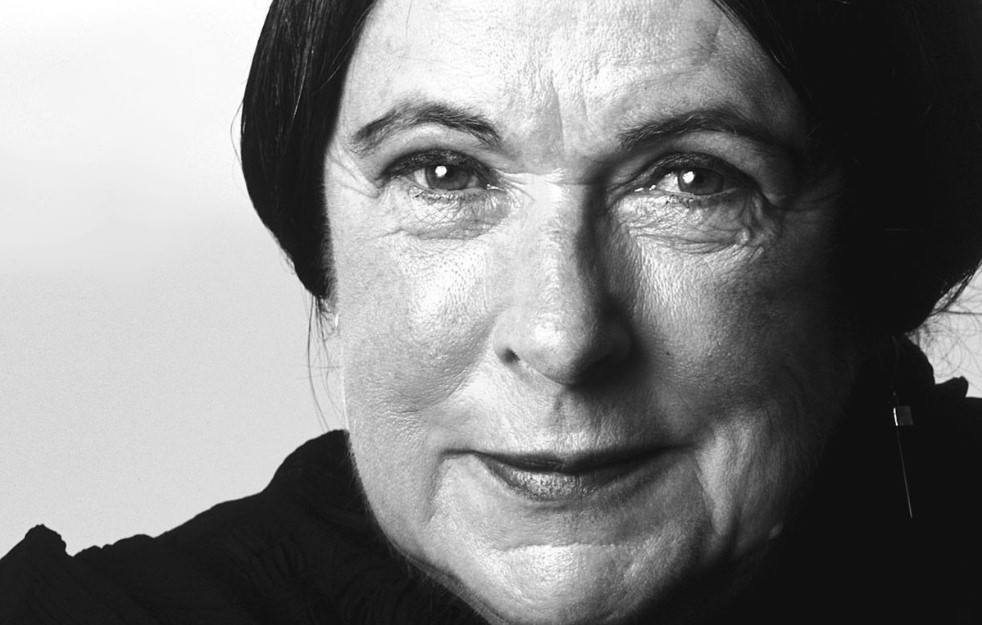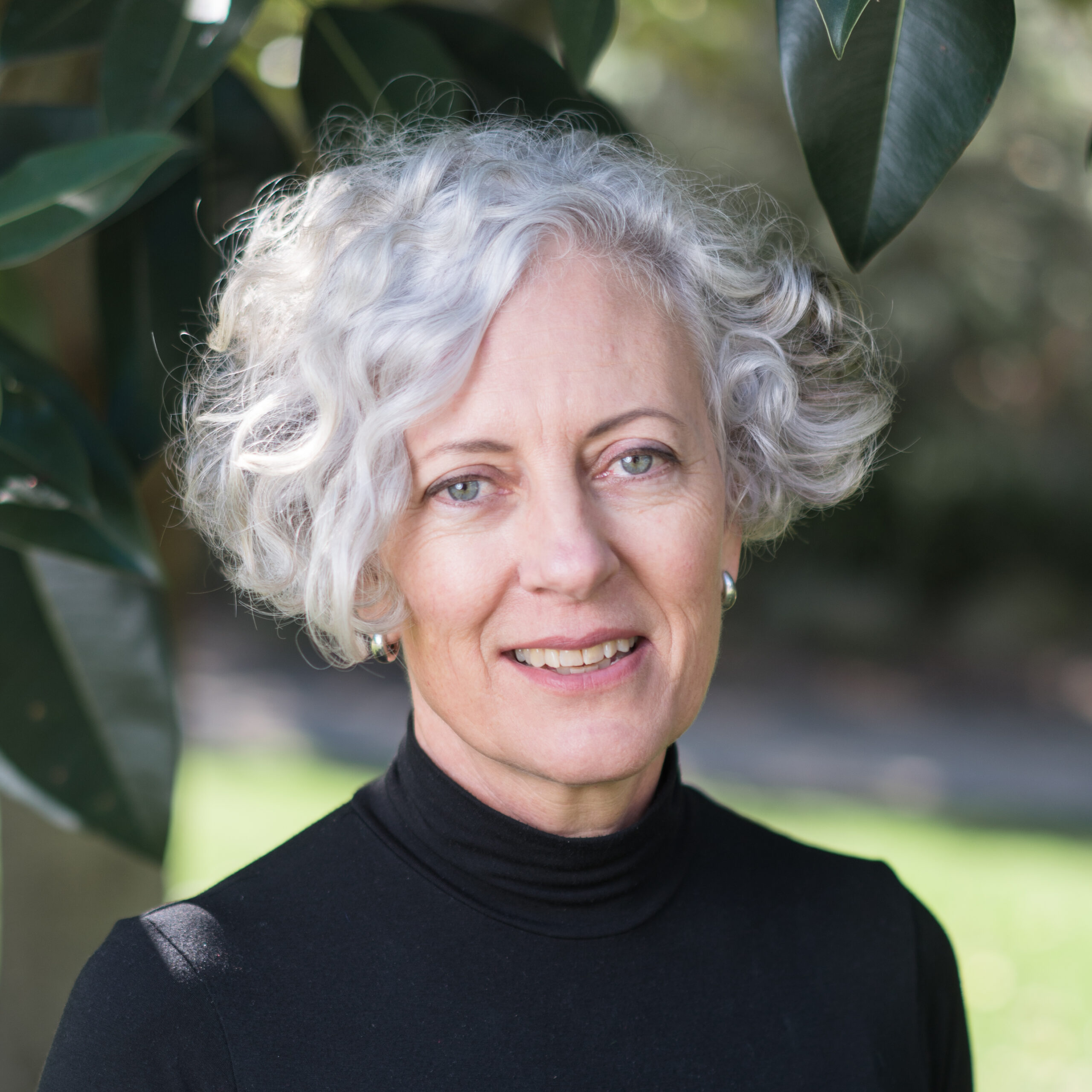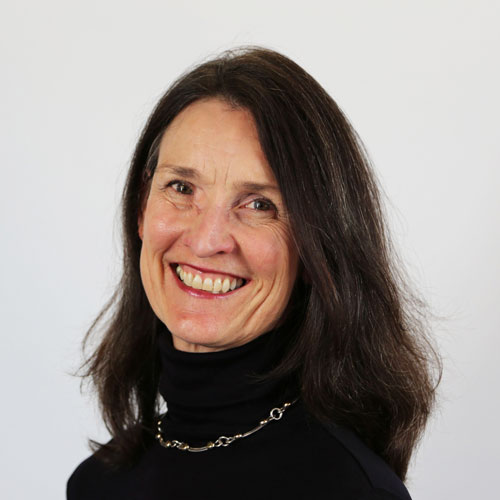Dunbar
Fellowship

The 2024 Dunbar Fellowship has been awarded to Clare Kennedy!
Discover more about her upcoming fellowship below.
2024 Dunbar Fellowship Applications Are Closed
Close 5.00pm AEST, Friday, 8 November, 2024.
Read more about the selection criteria and the selection process below.
The Dunbar Fellowship
Purpose of the Fellowship
The Dunbar Fellowship was established as a result of a generous bequest left to the Australian Institute of Architects by the late Jennifer Taylor. The Fellowship shall be awarded by the Queensland Chapter of the Australian Institute.
The purpose of the Dunbar Fellowship is to:
‘… undertake a program of study and/or research in Asia and/or the islands of the South Pacific Ocean (excluding Australia and New Zealand), that will in the view of the RAIA contribute to the advancement of architecture and its practice in Australia.’
or
‘…to assist the Dunbar Fellow to undertake a minimum of (1) one year course of study at an approved University leading to a further academic qualification, or a structured program of research of at least one (1) year in an approved subject leading to the presentation of a public lecture, and at least one paper of excellence of a standard equivalent to acceptance in a refereed journal.’
Who was Jennifer Taylor?
Architect Jennifer Taylor (12 April 1935 – 7 December 2015), widely published scholar, highly acclaimed teacher and critic of international standing, returned to Queensland from Sydney in 1998 to take up her appointment as Adjunct Professor at the School of Architecture at Queensland University of Technology. In this post, Jennifer’s generous spirit, exacting standards and informed worldview continued to frame Australian architecture for us in the broader regional context of the Asia Pacific.
Jennifer’s contextual insights began in the process of gaining two architectural degrees at Washington University, USA, in the late 1960s, where she took a course by Professor Teiji Ito on the architecture of the Japanese house and garden. This course contributed to her interest in Japan, Asia and the Pacific, where she travelled extensively for research after returning to Sydney in 1970.

In the 1970s, she was awarded Two Japan Foundation Professional Fellowships and in 1975, met Fumihiko Maki, who became her mentor while she undertook research work in Japan. During this period, she also introduced architects from Japan and China to students and architects in Australia. Following publications in the 1980s and 1990s, Jennifer’s book Fumihiko Maki: Space / City / Order / Making was published in 2003.
Her contribution to the section about Oceania in World Architecture 1900-2000: A Critical Mosaic, Volume 10, was published in 1999 and, in the process of writing, revealed the lack of available research on architecture in the Pacific region, stimulating her appetite for a new challenge. In 2003 Jennifer, together with co-author James (Jim) Conner, began the pioneering fieldwork in the South Pacific with extended visits to each of the island countries. They discovered many buildings were fragile and archival material was rare or unavailable, requiring intensive, on-site documentation and interviews. After many years of work, Jennifer and James’ Architecture in the South Pacific The Ocean of Islands was published in 2014. This work is a highly significant contribution to the region’s culture and adds to the recording of world architecture.
Jennifer should have the last words here. In the year before she died, Jennifer summarised the overarching vision for her architectural scholarship, teaching, and practice in a recent interview with Jan Howlin:
“Australia must recognize where it is in the world,” she says. “We probably have the richest mixing pot anywhere in the world. We have European heritage, Aboriginal heritage, South-East Asian heritage, and South Pacific heritage, and it seems to me that out of this should grow a wonderful and special architecture”.
Written by Britt Andresen LFRAIA and Emeritus Professor University of Queensland
Above: Dunbar House | Photography Adrian Boddy
Dunbar House
Highly regarded for her scholarly work, Jennifer Taylor designed a second house for herself and partner Jim Conner. Adrian Boddy offered his photographic and written impression in Architecture Australia, March 2002.
Point Lookout, at the northern tip of North Stradbroke Island is a unique and beautiful place on the eastern Australian seaboard. On a clear day there are panoramic views many kilometres down the southern surf beach – all the way to Surfers Paradise. It is a coastal utopia that is occasionally contrary; the weather is not always benign. Wild south easterlies can blow spray through your Drizabone and cyclones are a ubiquitous hazard.
Stradbroke’s stunning natural features and climatic extremes offer enticing environmental design opportunities – particularly for two architects! She had been working intermittently on the design of Dunbar for about ten years during visits to the old “fibro” cottage on the site. Final drawings were completed during a two month study break in Bali in 1997. Shortly afterwards, her partner Jim Conner contributed his documentation and contract administration skills to the project. Their combined talents have resulted in a unique Australian house. Here are some of my photographs and written impressions.
Dunbar reveals its spectacular prospect and subtle details in a slow, carefully orchestrated sequence of moves, similar to the experience of a traditional Chinese garden. Jennifer and Jim imaginatively blended the substantial, timber-framed order of traditional Japanese architecture (and other eastern models) with the generous volumes of an Australian shearing shed. Of course, there are differences between the reality of the architecture and this rather crude analogy, yet, for me, the link remains.
Jennifer specifically comments on some of these influences. For example, “the volumetric/spatial order was inspired by the Sri Lankan dana salarwa – a space that is an open colonnaded extra-wide passageway/room that also serves as a series of spaces to accommodate different activities. Its appeal lay in its dual nature, being both dynamic in totality, yet with the potential to be static in its parts.”
Indigenous Balinese architecture was also a stimulus, as she lived in its midst as the final drawings were prepared. The houses of Japan and the gardens of China were influential too, and Jennifer has lived and worked in both those countries. No doubt memories of the wide-open verandas and other aspects of the Queenslander in which she grew up were subliminal sources of inspiration as well.
Exploring Circularity in Architecture: The 2024 Dunbar Fellowship
Clare Kennedy
The Fellowship will explore circularity in architecture by examining cultures with deeply ingrained practices of recycling, reuse, and material efficiency in Thailand, Indonesia, and potentially China. Through fieldwork with studios such as Sher Maker, Ibuku, and MAD Architects, this research will investigate how local resources, community-driven processes, and material innovation contribute to circular design solutions.
By analysing design practices that embody frugality and resilience, the project seeks to develop a framework for Australian architecture to transition from extractive, linear models to regenerative, closed-loop systems. This framework will provide adaptable methodologies to embed circularity into practice, addressing climate challenges and fostering sustainable architectural solutions.
Outcomes will include an educational program, public lecture, academic publication, and practical toolkit, offering actionable strategies and resources for the architectural profession. The research ultimately aims to advance resource-conscious design, equipping architects with pathways towards environmental and societal sustainability.
About Clare Kennedy
Clare Kennedy is a registered architect and founder of Five Mile Radius, a Brisbane-based studio dedicated to sustainable and resource-efficient building practices. With over a decade of experience spanning Australia, the UK, India, and the USA, Clare’s work explores innovative applications of renewable and recycled materials. Since founding Five Mile Radius in 2016, she has grown the practice to a team of seven, spanning architecture, industrial design, and fabrication. Clare’s work challenges traditional, resource-intensive building models, promoting sustainable approaches that prioritise environmental responsibility and material efficiency.

Eligibility
Applicants for the Fellowship must:
- have completed an accredited course in architecture recognised by the Architects Accreditation Council of Australia, which satisfies the academic requirement for registration as an architect in Australia
- be a member of the Australian Institute of Architects
- Be born in Queensland or be a resident registered on the Queensland electoral role.
Application Process
Stage 1
Applications for the Fellowship are made by completing the Application Form. The Application Form requires the following:
- Applicant details
- A statement on the intent, scope, program, itinerary and budget for the proposed Fellowship
- A curriculum vitae of a maximum of 1 page in length
- Two referee reports comment on the applicant’s character and the applicant’s capacity to undertake the Fellowship outlined in the application. Referee reports must be submitted as part of the Application Form.
Applications must be submitted by 5.00pm AEST, Friday, 8 November, 2024.
Stage 2
Selection Panel reviews applications and shortlists Applicants to be interviewed to discuss their proposed Fellowship program. Proposals will be assessed against the following criteria:
- Significance of the Proposal to the Purpose of the Fellowship
- Feasibility of achieving the aims of the proposed Fellowship program in terms of outcomes, budget and timeframe.
- The ability of the candidate to communicate clearly with a compelling perspective on the proposed Fellowship program.
- The potential of the candidate to collate information and disseminate findings.
Stage 3
If selected for an interview, the Applicant will meet with the Selection Panel to discuss the proposal, the methodology and expected outcomes. Interviews are conducted virtually during November 2024 at a date, time, and location to be confirmed.
Stage 4
Successful Recipients and unsuccessful Applicants will be advised by Monday, 18 November 2024. Formal recognition of the Fellowship will take place at the annual Queensland President’s Honours dinner in February 2025.
Stage 5
Successful Recipients shall enter into a Fellowship agreement with the Australian Institute of Architects, commence Fellowship within the following calendar year of the award, and complete it within 12 months.
Stage 6
The Fellowship Recipient must submit a Final Report written in plain English, designed to engage a public audience, of 800 to 1,000 words about the Fellowship. At least five high-resolution images that represent critical aspects of the Fellowship must also be included. The Recipient must hold or obtain consent from the authors of all materials included in the Final Report.
A public presentation event will take place in quarter 4 (October-November) of the year following the Fellowship being awarded.
Selection Criteria
Applications will be assessed against the following criteria:
- Significance of the proposal to the Purpose of the Fellowship
- Feasibility of achieving the aims of the proposed Fellowship program in terms of outcomes, budget and time frame
- Ability of the candidate to communicate clearly with a compelling perspective on the proposed Fellowship program
- Potential of the candidate to collate information and disseminate findings
Only complete applications received by the due date will be considered.
The 2024 Selection Panel
The Queensland Chapter of the Australian Institute of Architects appoints the Selection Panel to assess the applications and make a recommendation to the National Executive of the Australian Institute of Architects for the awarding of the Fellowship.
Introducing the 2024 selection panel:
- Brit Andresen LFRAIA, Gold Medal recipient and Emeritus Professor of University of Queensland
- Dr James Conner, Architect; Urban Planner; Author
- Dr Elizabeth Musgrave FRAIA, Associate Professor at Abedian School of Architecture, Bond University and 2023 Dunbar Fellow
- Amy Degenhart LFRAIA, Immediate Past Chapter President
- Renee Bourke, EmAGN Co-Chair
- Russell Hall LFRAIA, QLD Chapter President
Do you want to hear more about the experience of our previous Dunbar Fellow, Dr Rosemary Kennedy? Please register to join us on the 6th of November 2023 between 12 pm -1 pm for a webinar where Rosie will share her findings and experiences resulting from the Fellowship. Register here.
2024 Fellowship
The value of the Fellowship to be awarded shall be to a maximum value of $30,000.
For questions and further information you can email us at qld@architecture.com.au or call us on (07) 3828 4100.
PREVIOUS DUNBAR FELLOWS
2023
Dr Elizabeth Musgrave
The Fellowship will investigate the role of the niwa or courtyard in contemporary Japanese housing including in new housing typologies utilizing courtyard and garden spaces such as collective/collaborative and mixed-use procurement models.
Analysis of historical and contemporary examples will reveal how the niwa, a space traditionally associated with machyias, palaces and monasteries, has expanded its range to enable housing to meet new demands for mixed use and increased density, adding cultural and social value whilst maintaining the Japanese deep respect for and engagement with nature.
An investigation of Japanese work will reveal ideas and strategies relevant to environmentally and socially sustainable housing in Australia’s subtropical urban centers. It will identify opportunities for reinvigorating existing spatial archetypes and transforming housing typologies in Australia.
About Dr Elizabeth Musgrave
Elizabeth Musgrave FRAIA is Associate Professor, Abedian School of Architecture at Bond University and an architect in practice with husband John Price. She was an academic at The University of Queensland until 2021 and still holds an honorary position there, and has been a visiting lecturer at Tokyo University of the Arts and UTS. Her book, John Dalton: Subtropical Modernism and the Turn to Environment in Australian Architecture published by Bloomsbury in 2023, follows a PhD at The University of Melbourne.

2019
Dr Rosemary Kennedy
Rosie’s report on Next Generation Apartment Buildings is available here via Subtropical Cities. This version, posted on 3 June 2019, corrects two inadvertent errata in the version posted on 23 May 2019 and supersedes that version. Corrections are noted on Page 2.
Rosie aimed to understand how visionary architects working with developers in South East Asian metropolises, Hong Kong, Guangzhou, Bangkok and Singapore, have adapted classical tropical architecture principles to produce vibrant modern residential and mixed-use apartment building variants. These high-rise, high-density cities have many urban socio-economic and environmental problems. Yet, some of the most inventive tropical and subtropical apartment buildings are materialising there, countering the dominant ‘glass box’ typology.
Rosie’s study focussed on examining what motivates architects to design apartment buildings that break the status quo rather than on the architectural designs themselves. She hopes that the findings of this study will lead to better design-led outcomes in Australia for resilient urban living.

HOW TO APPLY
Please submit your application by completing the form here.
Contact us
Queensland Chapter
Australian Institute of Architects
2/270 Montague Road
West End, QLD, 4101
P: +61 7 3828 4100
E: qld@architecture.com.au
Office hours: 9.00am – 5.00pm


















